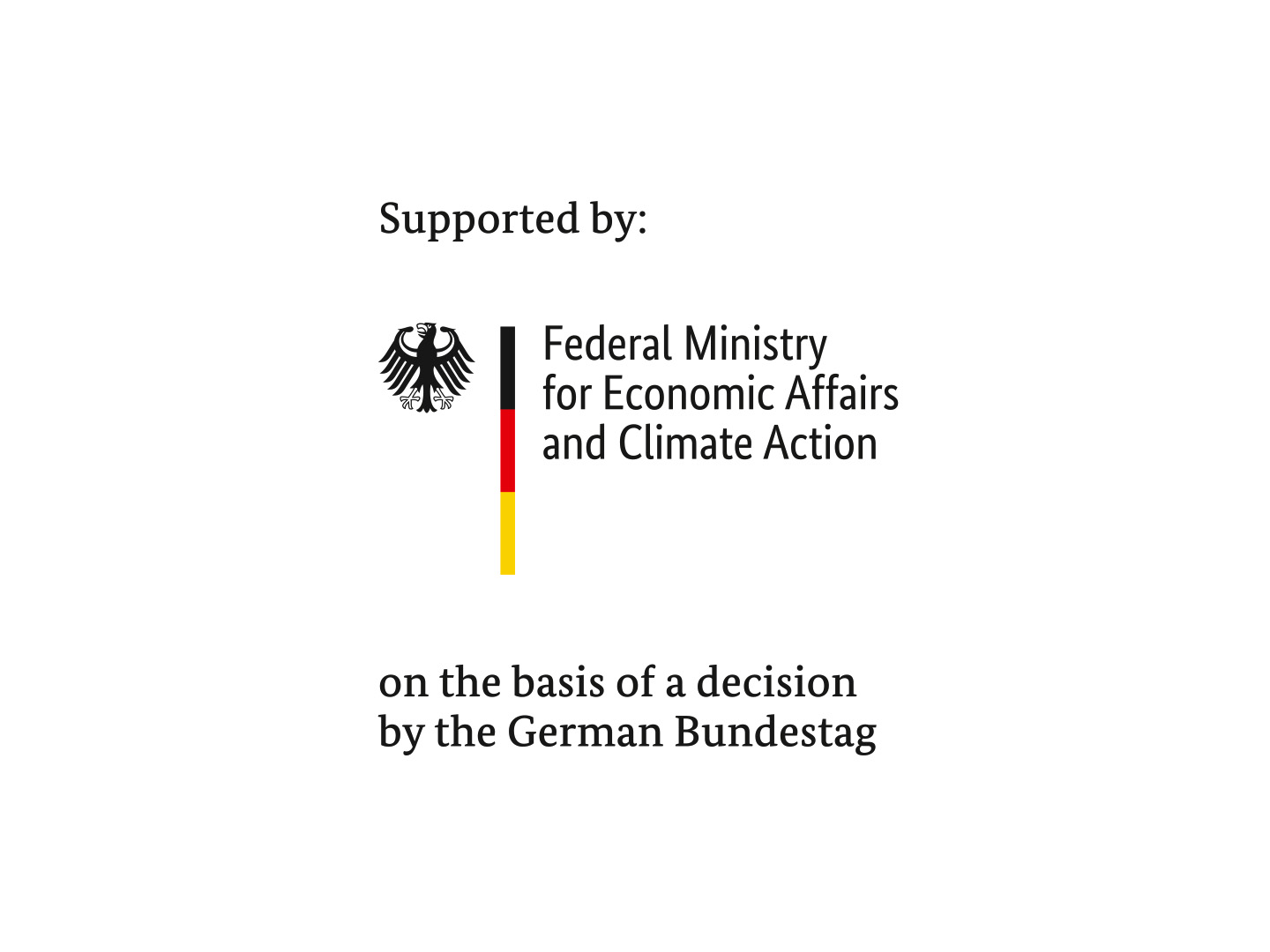One of the major challenges of energy system transition is to adapt existing energy supply systems. In the future, they will have to feed and distribute decentralized renewable energies that fluctuate over time. This requires both an expansion of the energy networks and the use of energy storage or load management to balance generation and consumption. In addition to classic energy storage systems such as batteries, heating and cooling supply systems can also be used in combination with thermal energy storage systems.
The cooling sector has a high potential for load shifting
So far, however, research and practice in load management have concentrated almost exclusively on making heating supply systems more flexible – for example in the form of heating pumps, resistance heating systems or flexibly controllable combined heating and power units. With regard to cooling supply, however, there are a large number of research gaps both at the methodological and application level. Moreover, this is despite the fact that the cooling sector also has a high potential for load shifting.
Among other things, cooling can be used to convert excess electricity from photovoltaic systems into cold and store it in the summer. In this case, the load would only have to be shifted over a short time horizon. However, production processes such as those in the food and chemical industries also require cooling in spring, autumn and winter, as do computer centers and hospitals. In concrete terms, the final energy requirement for cooling in Germany is between 80 and 90 TWh/a. Since a large proportion of this is covered by electricity, a total of 14 percent of total electricity consumption in Germany is used for cooling.
 Fraunhofer Institute for Environmental, Safety and Energy Technology UMSICHT
Fraunhofer Institute for Environmental, Safety and Energy Technology UMSICHT